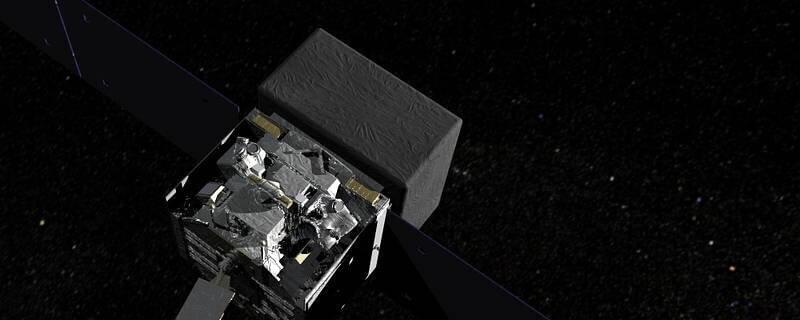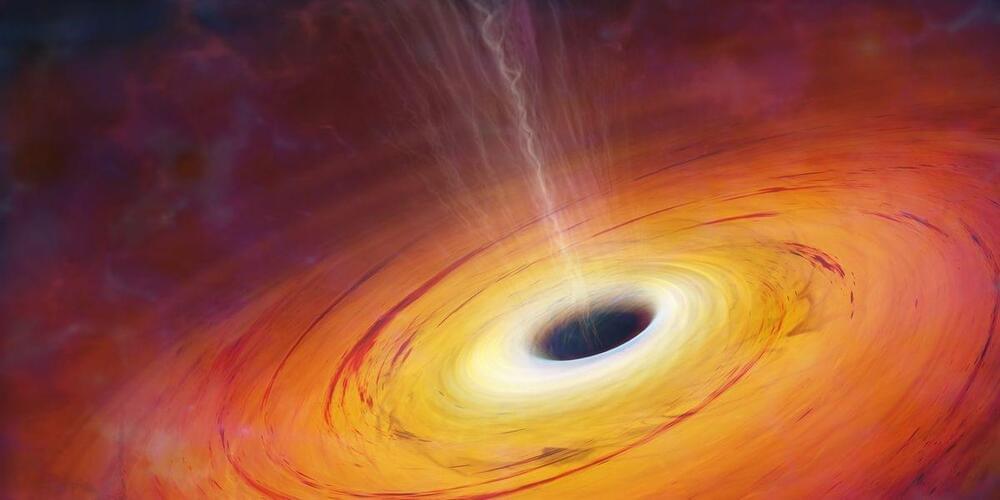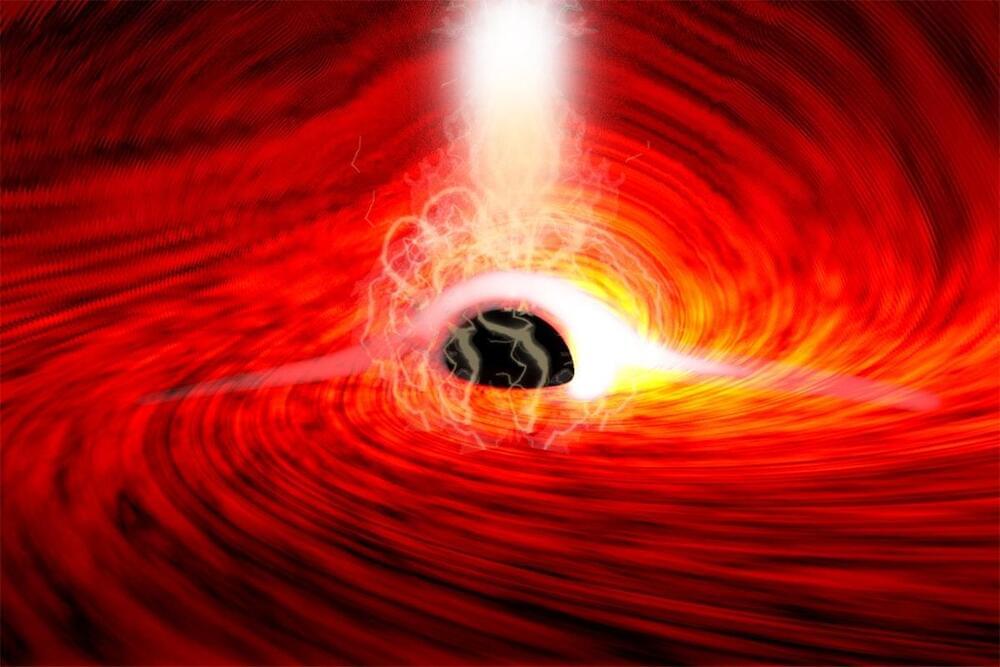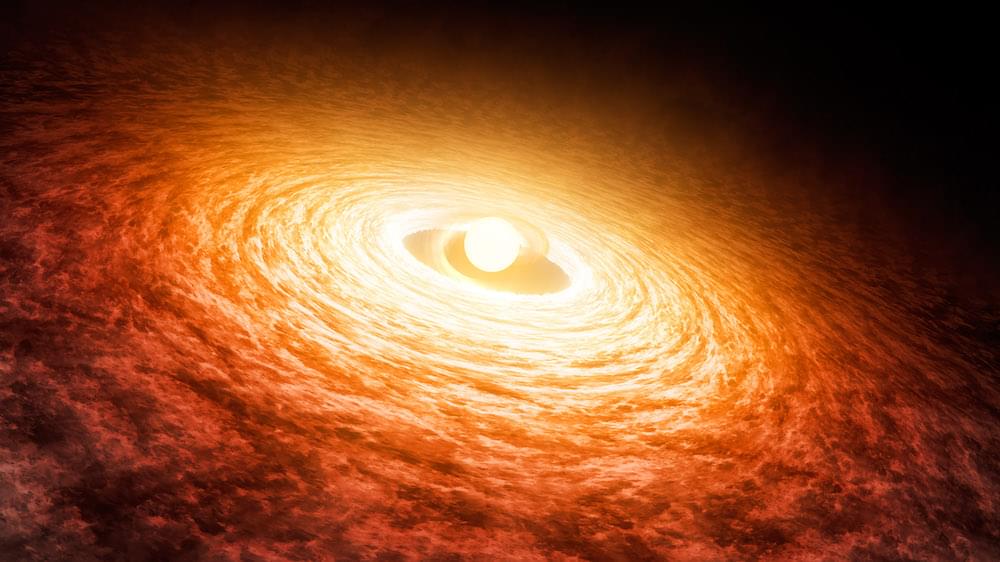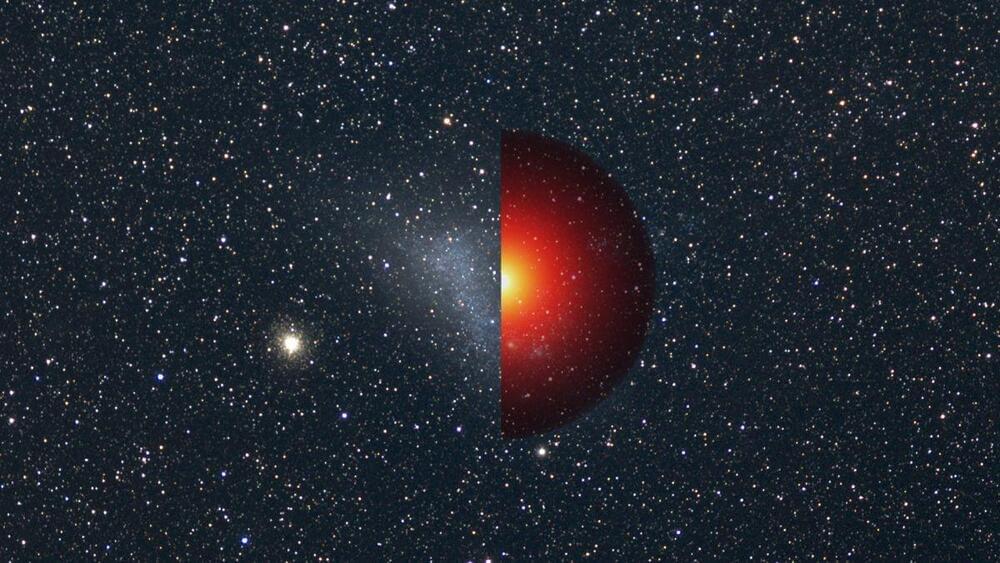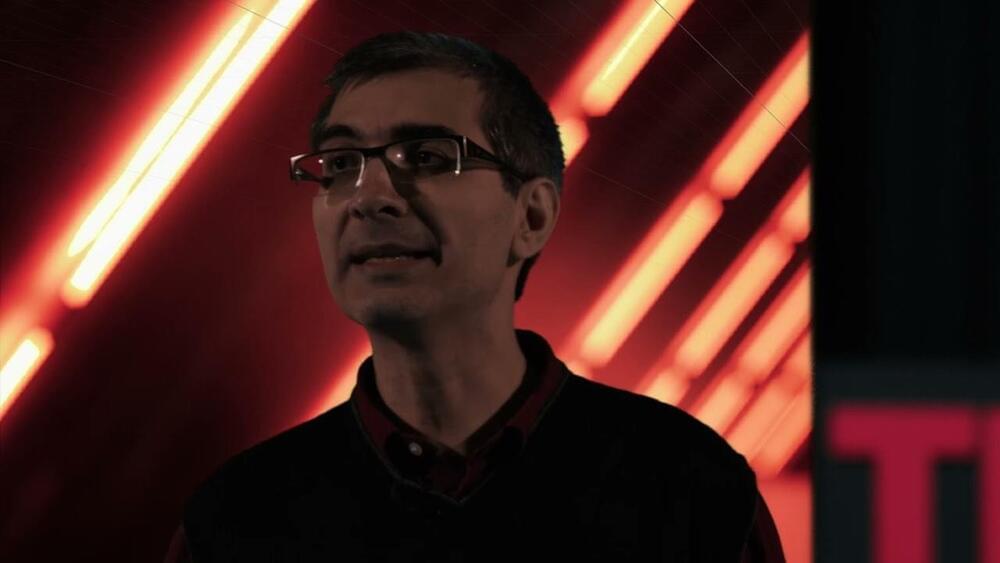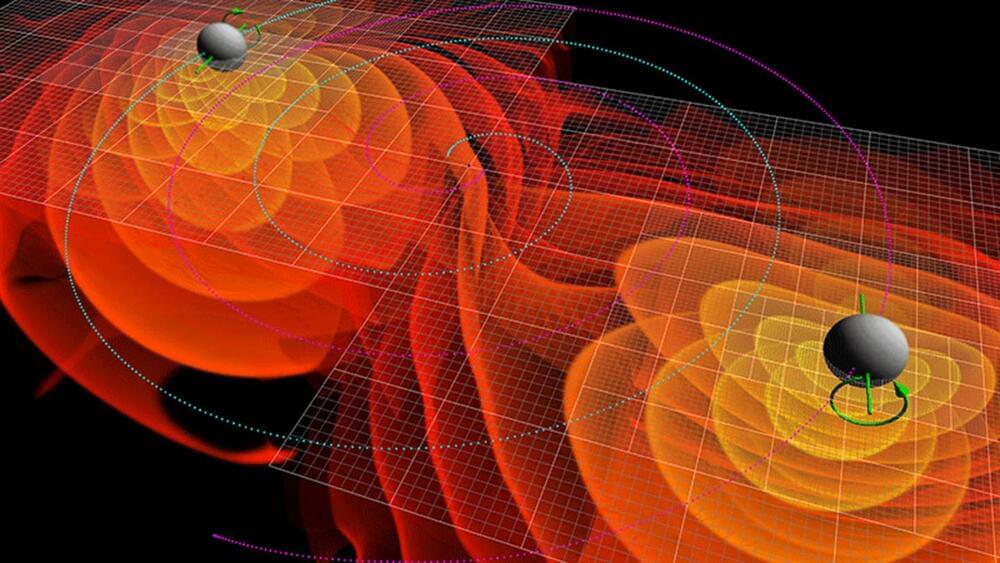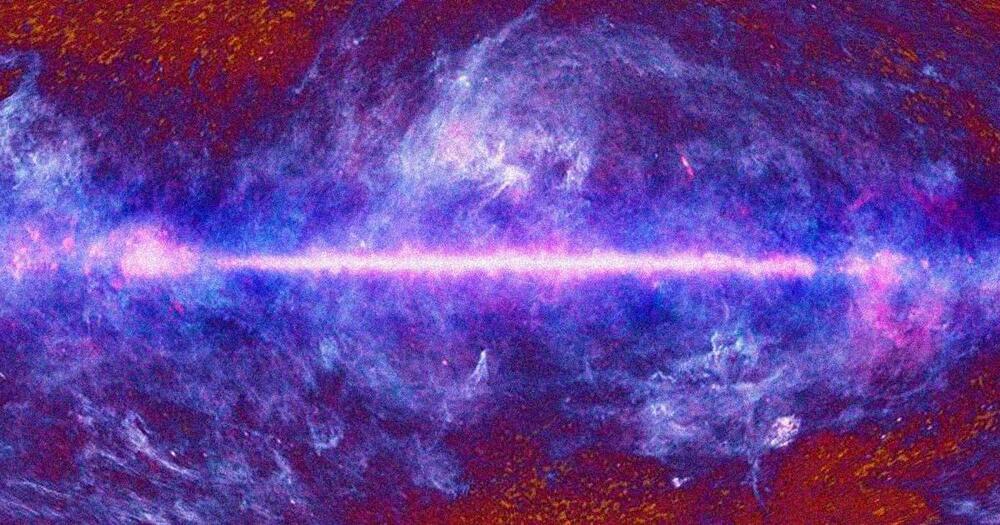Aug 11, 2022
NASA’s Fermi telescope confirms star wreck as source of extreme cosmic particles
Posted by Shubham Ghosh Roy in categories: cosmology, particle physics
Astronomers have long sought the launch sites for some of the highest-energy protons in our galaxy. Now a study using 12 years of data from NASA’s Fermi Gamma-ray Space Telescope confirms that one supernova remnant is just such a place.
Fermi has shown that the shock waves of exploded stars boost particles to speeds comparable to that of light. Called cosmic rays, these particles mostly take the form of protons, but can include atomic nuclei and electrons. Because they all carry an electric charge, their paths become scrambled as they whisk through our galaxy’s magnetic field. Since we can no longer tell which direction they originated from, this masks their birthplace. But when these particles collide with interstellar gas near the supernova remnant, they produce a telltale glow in gamma rays—the highest-energy light there is.
